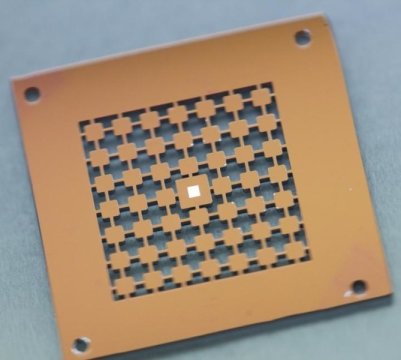
The sound of quantum vacuum (26/12/2016)
Quantum mechanics dictates sensitivity limits in the measurements of displacement, velocity and acceleration. A recent experiment probes these limits, analyzing how quantum fluctuations set a sensor membrane into motion in the process of a measurement. The membrane is an accurate model for future ultraprecise quantum sensors, whose complex nature may even hold the key to overcome fundamental
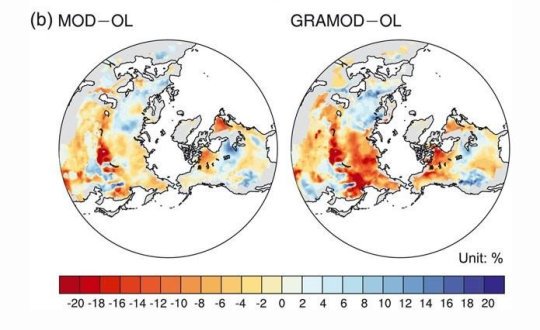
Snow data from satellites improves temperature predictions, researchers show (24/12/2016)
Researchers with The University of
Texas at Austin have found that incorporating snow data collected from space
into computer climate models can significantly improve seasonal temperature
predictions.
New technology coordinates drones in team missions (21/12/2016)
A mathematics researcher has developed an algorithm to mobilize unmanned aerial vehicles (UAVs) in team missions. The new technology allows a team of UAVs to fly autonomously to complete complex coordinated missions.
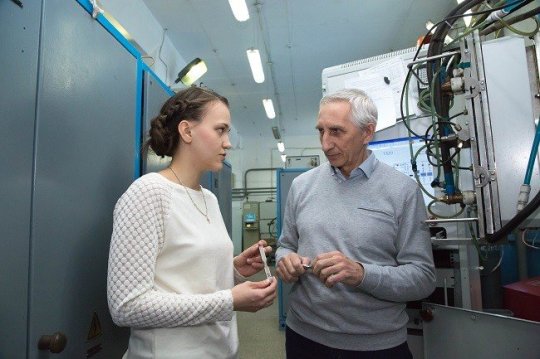
Modified metals for space engineering produced in microsecond (20/12/2016)
Scientists have developed a method to
apply wear-resistant coatings on metals by followed fusing them in substrates.
Such modified materials, through a combination of lightness, strength and
corrosion resistance, could be used in mechanical engineering, aviation and
space engineering.

People can control a robotic arm with only their minds (20/12/2016)
Researchers
have made a major breakthrough that allows people to control a robotic arm
using only their minds. The research has the potential to help millions of
people who are paralyzed or have neurodegenerative diseases.
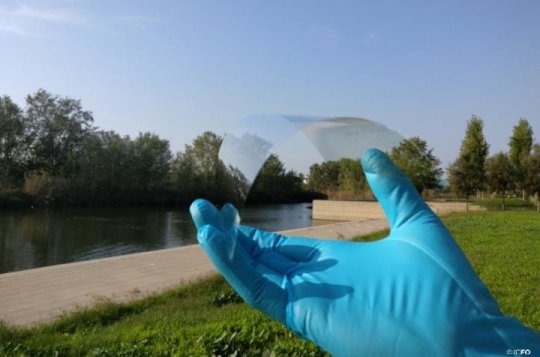
An invisible electrode (20/12/2016)
Transparent
conductors are one of the key elements of today's electronic and optoelectronic
devices such as displays, light emitting diodes, photovoltaic cells, smart
phones, etc. Most of the current technology is based on the use of the
semiconductor Indium Tin Oxide (ITO) as a transparent conducting material.
However, even though ITO presents several exceptional properties, such as a
large transmission and low resistance, it still lacks mechanical flexibility,
needs to be processed under high temperatures and is expensive to produce.

Research team sets new mark for 'deep learning' (20/12/2016)
Neuroscience
and artificial intelligence experts from Rice University and Baylor College of
Medicine have taken inspiration from the human brain in creating a new
"deep learning" method that enables computers to learn about the
visual world largely on their own, much as human babies do.
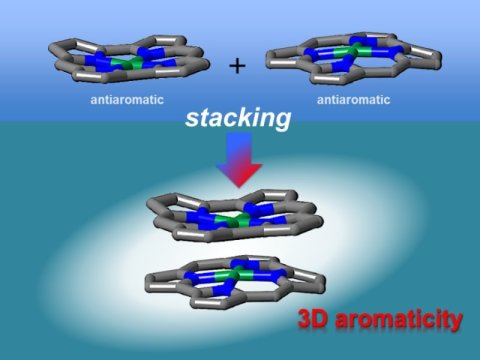
First experimental evidence of 3D aromaticity in stacked antiaromatic compounds (20/12/2016)
Researchers
centered at Nagoya University found that antiaromatic planar norcorrole
molecules can form close face-to-face interactions to give structures with
increased aromaticity. This behavior is quite different from that of typical
aromatic materials, which adopt offset interactions to minimize electron
repulsion. The results agree with previous theoretical studies proposing that
the aromaticity of antiaromatic materials can be increased through suitable
interactions to produce materials with interesting electronic structures.

World’s smallest radio receiver has building blocks the size of two atoms (20/12/2016)
Researchers
from the Harvard John A. Paulson School of Engineering and Applied Sciences
have made the world's smallest radio receiver -- built out of an assembly of
atomic-scale defects in pink diamonds.

Big data technique shrinks data sets while preserving their fundamental mathematical relationships (18/12/2016)
One way to
handle big data is to shrink it. If you can identify a small subset of your
data set that preserves its salient mathematical relationships, you may be able
to perform useful analyses on it that would be prohibitively time consuming on
the full set.









